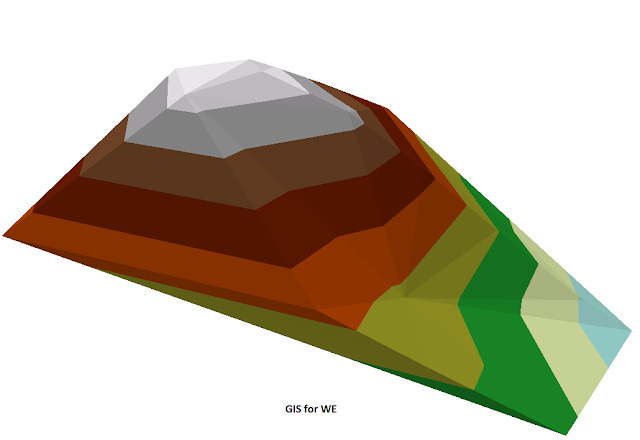Remote Sensing
Remote Sensing
Quick Introduction
This is a new science, which is developing greatly with the great development in modern science and technology, because it depends primarily on the devices and equipment through which remote sensing outputs are obtained, and this science collects, extracts and outputs the results of data in a specific geographical area without Field access to this area, a remote image is taken from great distances using devices that rely on recording electromagnetic rays, and these rays are reflected from the surface of the globe to obtain the required data.
take pictures
The images are taken to be processed and to extract the required results via satellite and aerial images, and there is easy and simple to understand data that can be obtained, such as the aerial image, through which residential areas can be identified and the vegetation cover of a particular area known, for example. As for the data that needs analysis, science and great knowledge Such as detecting what is inside the ground in a specific geographical area, such as precious metals and oil.
remote sensing history
At the beginning of this science, the reliance on the naked eye was to analyze data in a specific geographical area, then it developed and became dependent on air platforms that extract data from its sources. And landmarks located on any geographical area without direct access to that area.
remote sensing output goals
- Identifying the geographical and geological nature: By identifying the nature of any area, knowing the locations of points and minerals, for example, can also reveal future problems that have become clear by comparing them with old photos.
- Vegetation: Determining the types and locations of forests, plants and green places.
- Water bodies: to know the data of water areas and their types, as well as to know the sources of this water that are inside the earth.
- Detection of natural and human disasters: These disasters are known and detected by comparing photos taken before and after the disaster, and also after analysis and geographical treatments and comparison between years or months, results are drawn to reduce the occurrence of disasters related to the ground such as earthquakes and avalanches .
remote sensing components
- source of electromagnetic radiation.
- The amount of interaction with the Earth's surface through the rays reflected from the Earth's surface.
- Interaction with the atmosphere and its layers This happens when the rays are reflected from the surface of the earth and reach the atmosphere before reaching the satellites and stations designated to receive the reflected rays.
- The devices used in remote sensing, which are the devices that humans have developed since the beginning of the science of remote sensing until now, through which data is extracted from its sources and the reflected and emitted rays are recorded (infrared, radio, X...), all after the interaction between the monitoring devices The Earth's surface, atmosphere and its layers.
Remote sensing data tasks
There are many and many tasks carried out by this science to provide those interested and specialists, as well as research and geographical and survey studies and others, and we mention some of these tasks:
- Comparing the distribution of geographical phenomena to find out the prevalence by following this distribution from very high places to reach a wide geographical area that is being monitored.
- Compare outputs and analyze data in many geological matters and natural disasters to reduce them such as floods and earthquakes.
- Focusing on the study of many geographical phenomena that are difficult to access or view with the naked eye, to be followed by observation, analysis and drawing conclusions.
- The historical preservation of many geographical phenomena to facilitate the return to the records stored by date at any time for many purposes and then a comparison between the data can be made in terms of time.
- Conducting surveys and measurements quickly and with high accuracy that serve surveyors and geographers, such as data related to elevations and slopes, boundary measurement and surveying, and assistance in the production of maps and their continuity of updating, and assistance in applied studies of geography.
The main beneficiaries of remote sensing data
- Those interested in soil classifications: Through the study and analysis of remote sensing images, the soil is classified into all types to facilitate its close study.
- Those interested in studying the Earth's surface and interior, such as geological and geomorphological studies and others.
- Agricultural engineers to detect the expected quantities of the agricultural crop and reduce pests that affect agricultural crops, as well as identify agricultural areas to protect and detect them and reduce agricultural disasters such as following up on the phenomenon of desertification.
- The production of maps through the use of remote sensing data such as elevations is used to draw contour lines, for example, to represent these lines in the maps.
- Preserving history by taking pictures of the antiquities in an area for continuous protection from demolition and preservation of the historical heritage.
- The armies to strengthen the air and ground defense, reconnaissance and border control and target areas.


Comments
Post a Comment